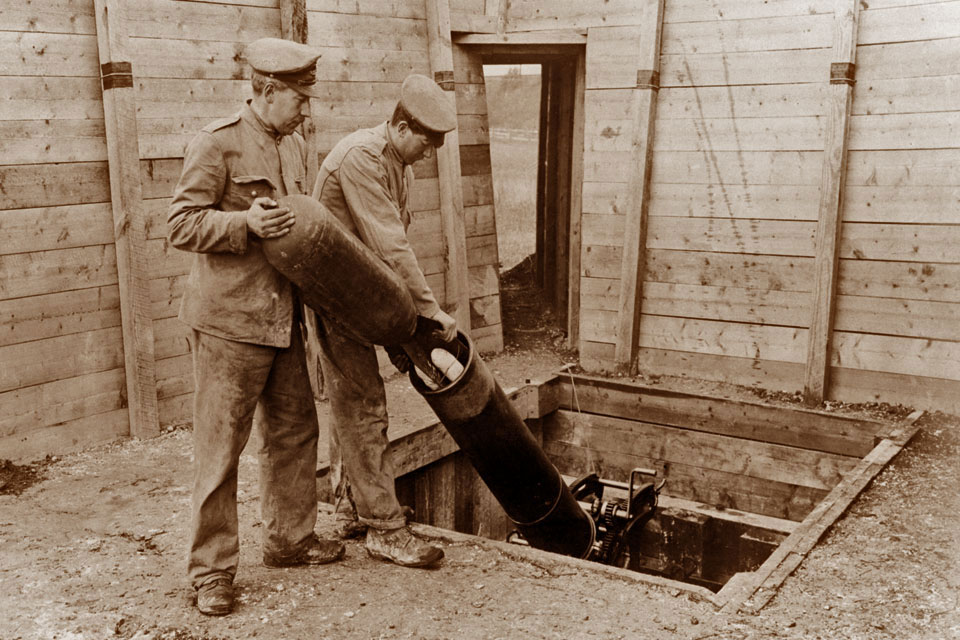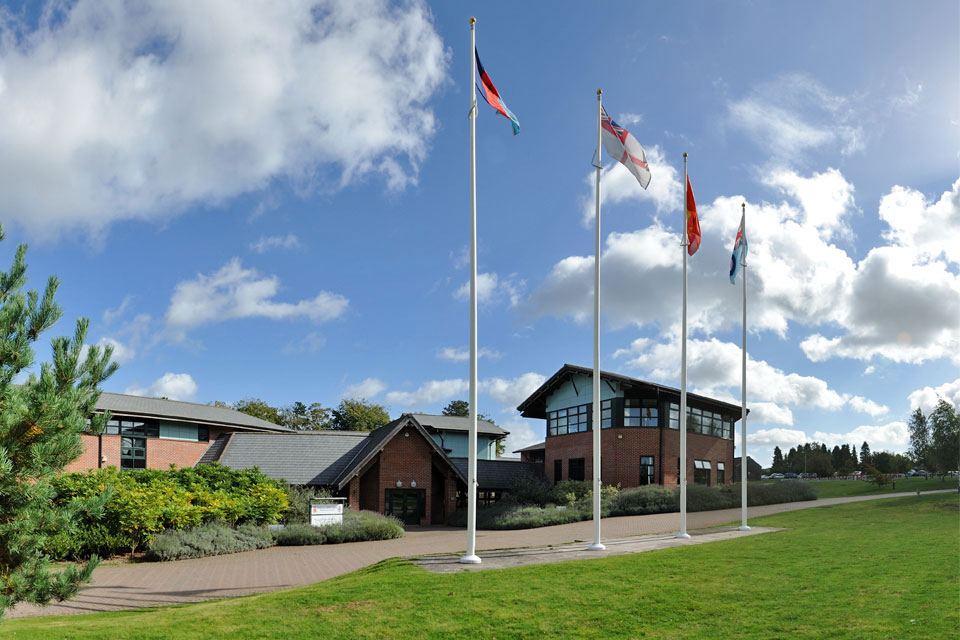El Centro militar diseña e imparte cursos al personal militar de las tres FFAA y civil sobre defensa CBRN , y apoya la defensa civil en asociación con la Agencia de Protección de la Salud. La capacitación médica en CBRN incluye practicas en el terreno, ejercicios de mesa, capacitación colectiva y simulación Tiene un área de capacitación médica dedicada para la capacitación prehospitalaria y hospitalaria, utilizando el SimMan3G dedicado a la gestión médica QBRN. La facultad médica de QBRN apoya el desarrollo de la respuesta médica a un incidente de QBRN y el manejo de las víctimas.
Overview
The Defence Chemical Biological Radiological and Nuclear Centre (DCBRNC) designs and runs courses that qualify individuals of all 3 services for operational, training and staff CBRN defence appointments.
DCBRNC is located at Winterbourne Gunner, about 5 km north-east of Salisbury, Wiltshire, on the southern edge of Salisbury Plain.
A short history of the defence CBRN centre

The DCBRNC site at Winterbourne Gunner was established in 1917 as a Trench Mortar Experimental Establishment under the administrative control of the war department’s ‘experimental ground’ at Porton Down. Known as Porton South Camp, it served as troop accommodation, ammunition store and as the trench mortar and artillery firing point.
The actual involvement of Winterbourne with chemical warfare dates from the formation of the Chemical Warfare School in 1926. The school conducted training for officers and senior non-commissioned officers (SNCO’s), running courses each month and regular demonstrations for the services’ staff colleges and other dignitaries.
In 1931 the Chemical Warfare School became the anti-gas wing of the Small Arms School but in 1939 it gained independent status as the Army Gas School, later to be re-named as the army school of chemical warfare.
From 1947 to 1948 the school became a joint army and Royal Air Force (RAF) establishment, named the Joint School of Chemical Warfare. The importance of minimising the effects of nuclear weapons was acknowledged with the school studying and teaching the defensive aspects of nuclear warfare. Accordingly, in 1957, the school was re-named as the Joint School of Nuclear and Chemical Ground Defence.
In January 1964 the title changed again, to the Defence Nuclear, Biological and Chemical (NBC) School in recognition of the emerging threat posed by biological warfare. A further change was made to the name in 1975 when it became the Defence NBC Centre. Following the 1987 Strategic Defence Review, the RAF assumed UK lead-service responsibility for NBC defence and in 1999 the Defence NBC Centre became a RAF administered unit within No 2 Group.
The replacement of the site’s original World War 1 corrugated tin huts and wooden buildings was completed in 2005 with the completion of new messing facilities and state-of-the-art student accommodation. In 2005 to reflect the change in emphasis from cold war NBC war fighting to defence against a wider asymmetric threat, the centre changed its name to the Defence Chemical, Biological, Radiological and Nuclear Centre (DCBRNC). In 2017 the Defence CBRN Centre celebrated 100 years of military training at Winterbourne Gunner.
Today’s DCBRNC has a purpose built training complex with headquarters, administrative support elements and the Defence CBRN School with lecture theatres and classrooms. To support the CBRN training the Centre has a specialised range, scenario based training facilities, and modern troop accommodation.On the 1 April 2019 the Defence CBRN Centre transferred from No2 Group RAF command to the Royal School of Military Engineering, Army command.
Fuente: https://www.gov.uk


